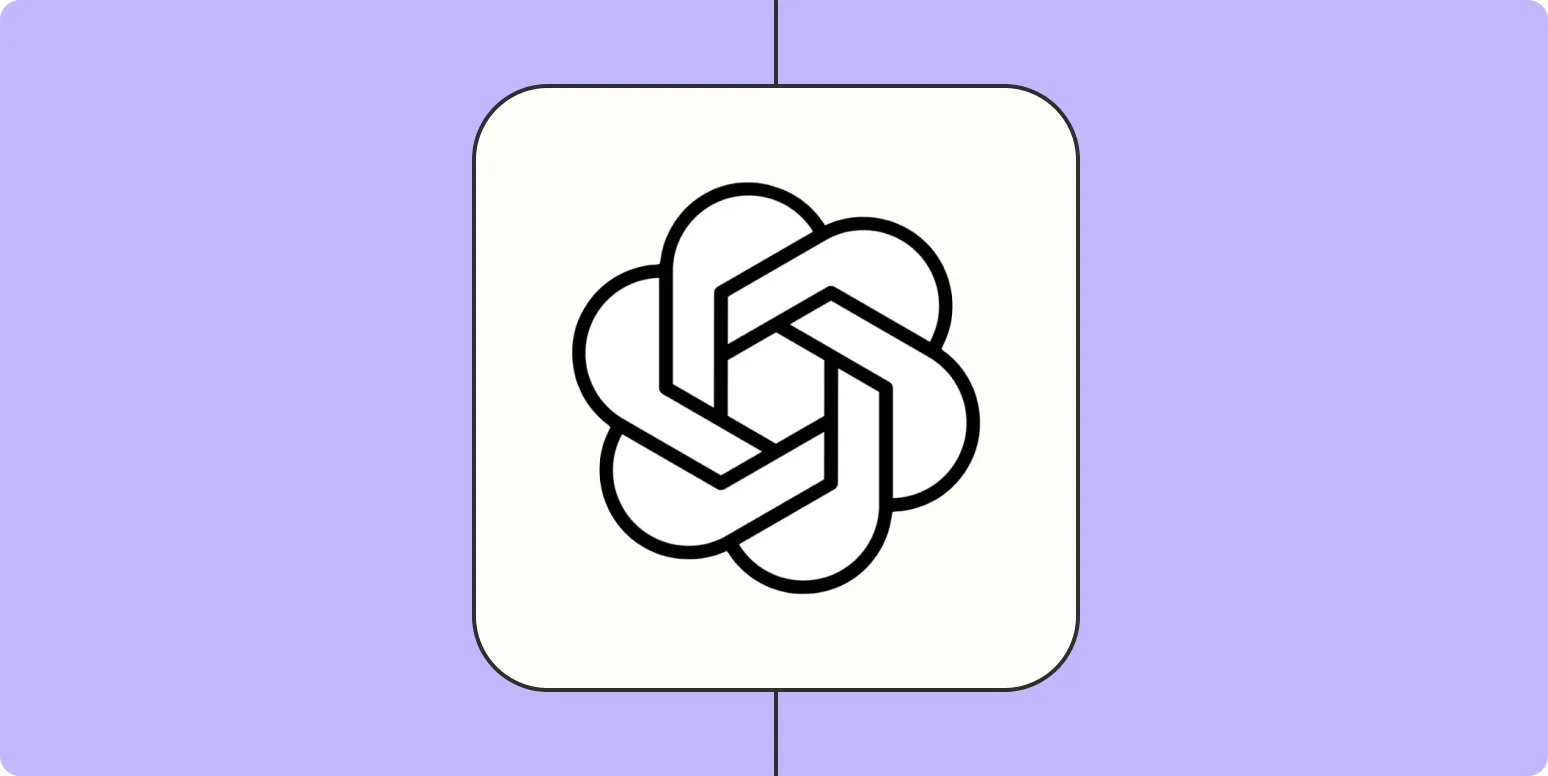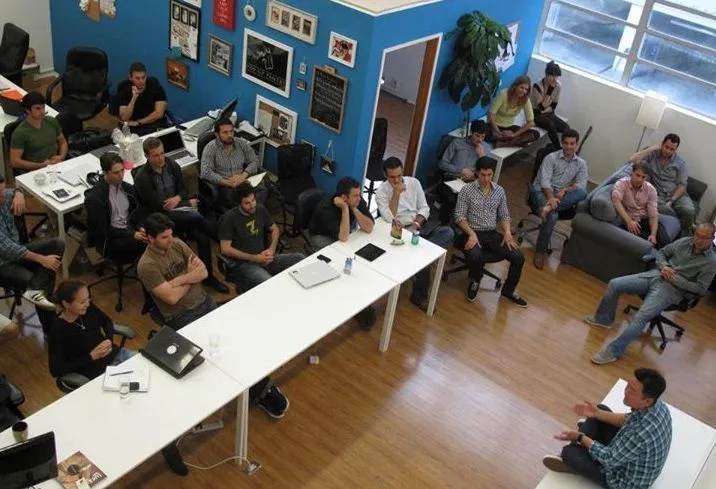In recent years, the advancements in artificial intelligence have led to the emergence of two distinct entities: ''GPTs'' (Generative Pre-trained Transformers) and ''assistants''. While both serve the purpose of enhancing human productivity and providing information, they function in different capacities and utilize varying technologies. In this article, we delve into the key differences between GPTs and assistants, exploring their functionalities, applications, and how they fit into the broader landscape of AI technology.
Understanding GPTs
''GPTs'' are a type of language model developed to generate human-like text based on the input they receive. They are designed to understand context, predict subsequent words, and create coherent responses. This technology is powered by deep learning algorithms that analyze vast amounts of text data to learn language patterns. The most notable example of a GPT is OpenAI's ''ChatGPT'', which has been trained on diverse datasets to produce well-structured responses across various topics.
Characteristics of GPTs
1. ''Generative Capabilities'': GPTs excel at generating creative content, such as articles, stories, and dialogues. Their ability to produce original text makes them ideal for applications in content creation, marketing, and entertainment.
2. ''Contextual Understanding'': By leveraging extensive training data, GPTs can maintain context over longer conversations. This allows them to provide more relevant responses based on previous interactions.
3. ''Versatility'': GPTs can be adapted for a variety of tasks, including summarization, translation, and question-answering. This versatility makes them suitable for diverse industries, from education to customer service.
Understanding Assistants
''Assistants'', on the other hand, are typically designed to perform specific tasks or provide support in a more structured environment. These can be voice-activated, like ''Amazon Alexa'' or ''Google Assistant'', or software-based like virtual assistants in customer service. They rely heavily on predefined commands and algorithms to execute tasks.
Characteristics of Assistants
1. ''Task-Oriented Functions'': Assistants are programmed to handle specific tasks such as setting reminders, playing music, or providing weather updates. Their functionality is generally limited to a set range of commands.
2. ''Integration with Devices'': Many assistants are integrated into devices, making them accessible through smartphones, smart speakers, and home automation systems. This integration enhances their practical utility in daily life.
3. ''User Interaction'': Assistants often use voice recognition technology to interact with users, allowing for hands-free operation. This makes them particularly useful for users who need quick access to information or services while multitasking.
Comparison Chart: GPTs vs. Assistants
| Feature | GPTs | Assistants |
|---|---|---|
| Functionality | Generative text creation | Task-specific operations |
| Context Handling | Maintains context over longer interactions | Limited to predefined commands |
| Use Cases | Content creation, summarization, translation | Setting reminders, controlling devices, answering queries |
| User Interaction | Text-based or conversational interface | Voice or command-based interface |
| Integration | Standalone applications | Integrated into devices |
When to Use GPTs vs. Assistants
The choice between utilizing a ''GPT'' or an ''assistant'' often depends on the user's needs. For those looking to generate content, brainstorm ideas, or engage in detailed discussions, a GPT is the better choice. Its ability to produce nuanced and contextually appropriate responses makes it an excellent tool for ''content marketers'' and writers.
Conversely, if you require assistance with daily tasks, such as managing schedules, controlling smart home devices, or retrieving specific information quickly, an assistant is more advantageous. Their straightforward, task-oriented design ensures efficient performance in these scenarios.
Future Trends in GPTs and Assistants
As AI technology continues to evolve, both GPTs and assistants are expected to undergo significant enhancements. GPTs are likely to become even more sophisticated, with improved contextual understanding and adaptability. This could lead to more tailored content generation for specific audiences, enhancing the effectiveness of ''digital marketing'' strategies.
On the other hand, assistants may integrate more advanced natural language processing capabilities, allowing them to handle more complex queries and provide more personalized responses. This evolution will further bridge the gap between human and machine interactions, making technology more intuitive and user-friendly.
Conclusion
In summary, while ''GPTs'' and ''assistants'' both play crucial roles in the AI landscape, their functionalities and applications differ significantly. Understanding these differences can help users choose the right tool for their specific needs, whether for creative content generation or practical task management. As technology advances, the distinctions may blur, leading to even more powerful AI solutions that combine the best of both worlds.





